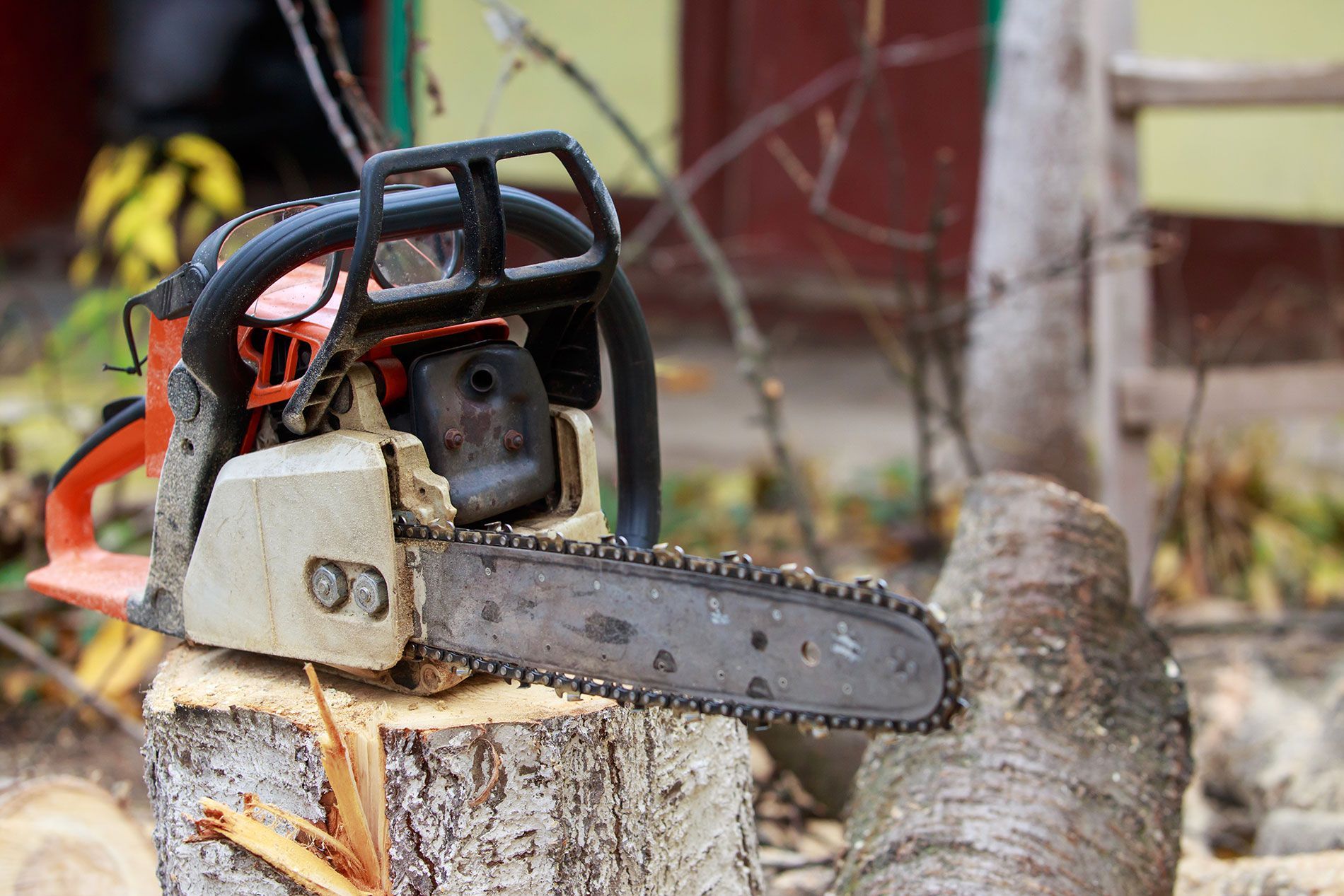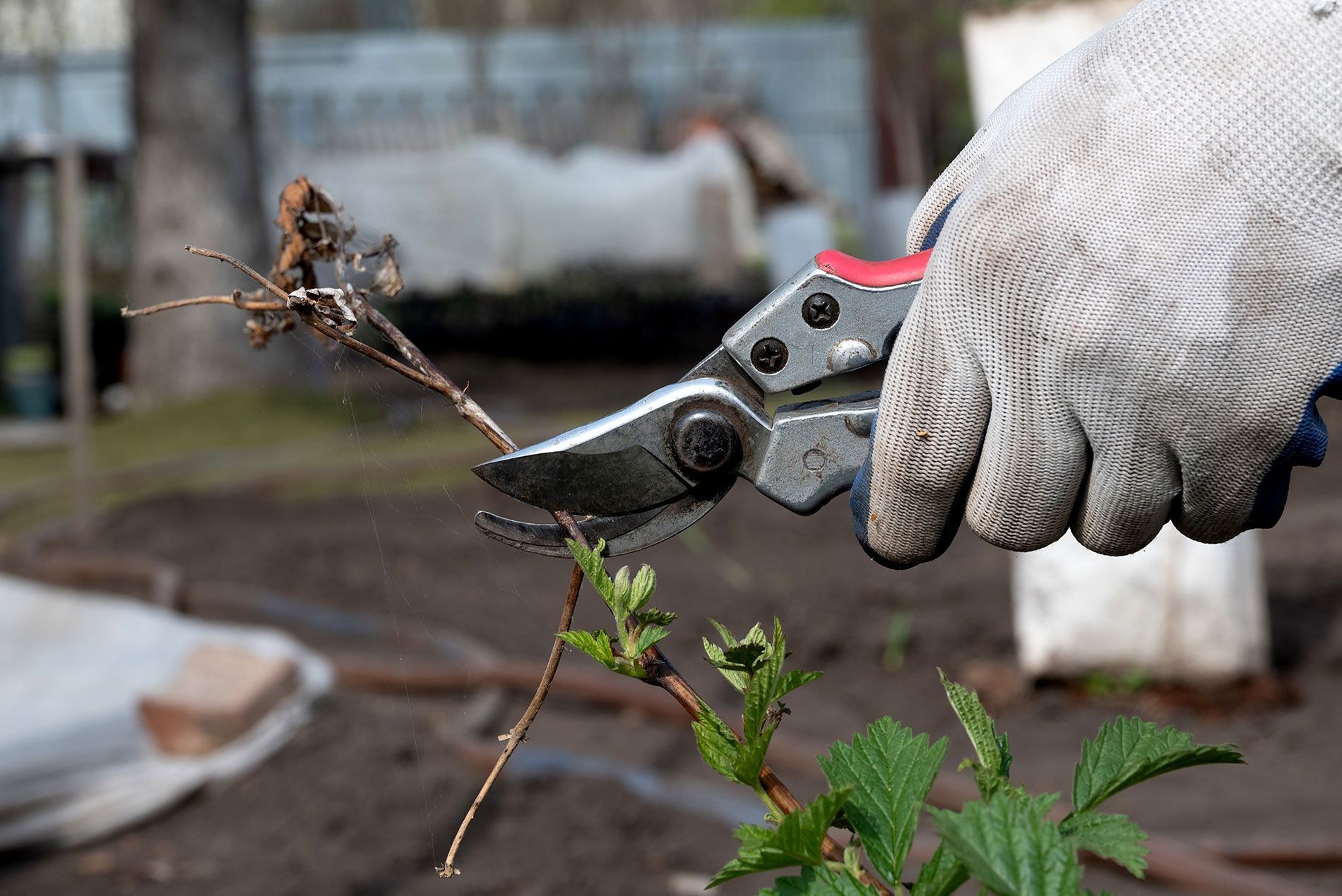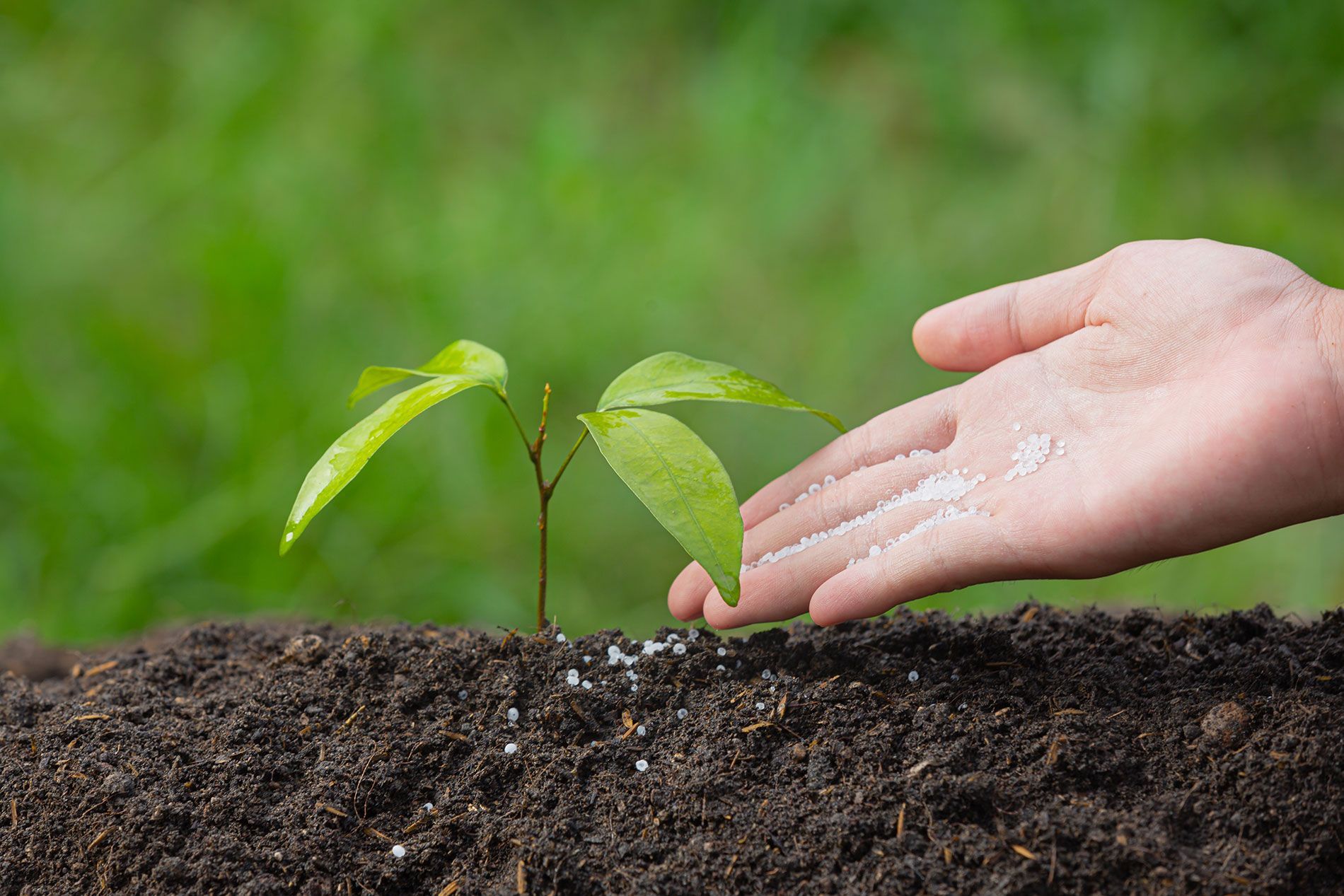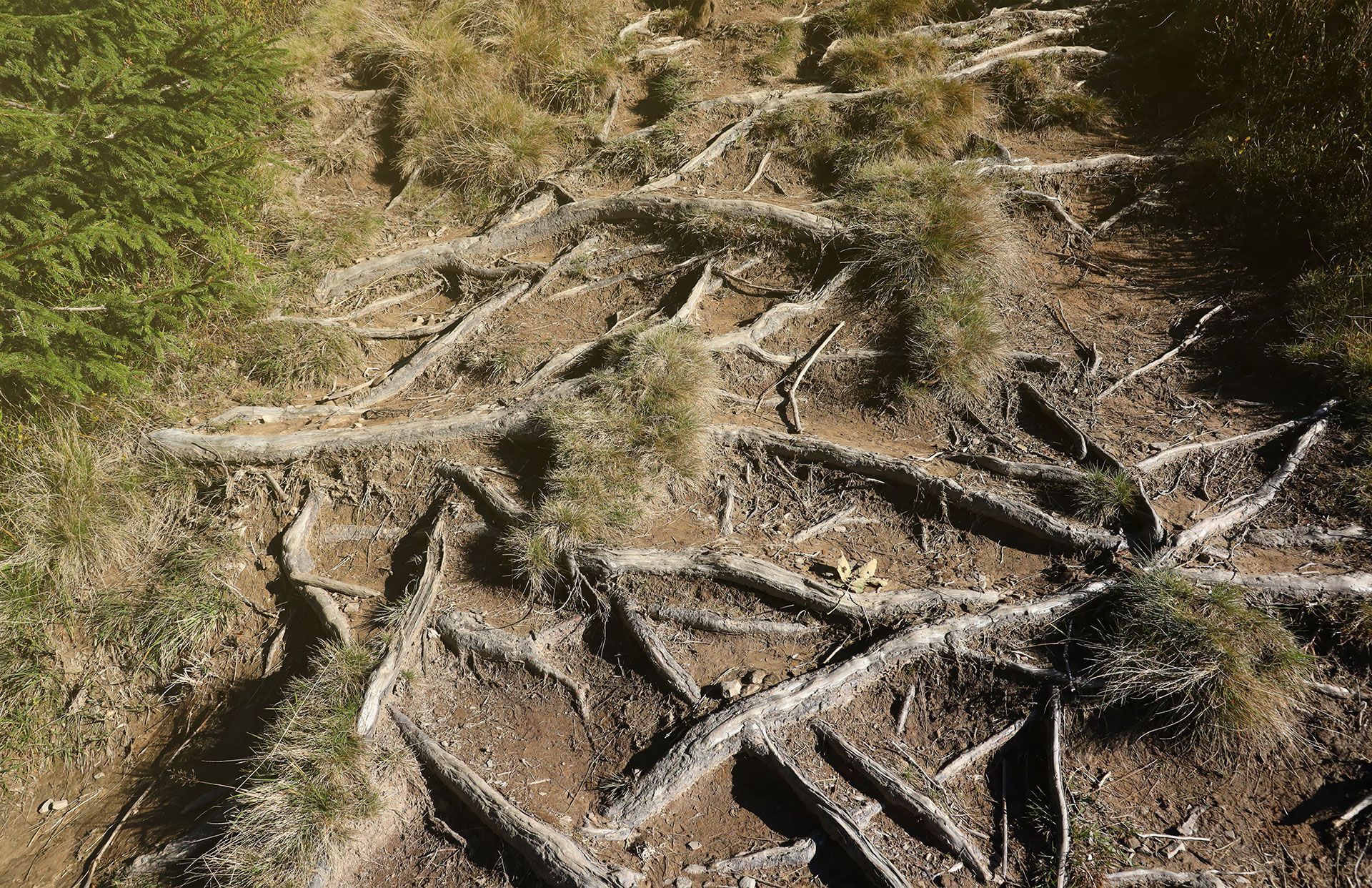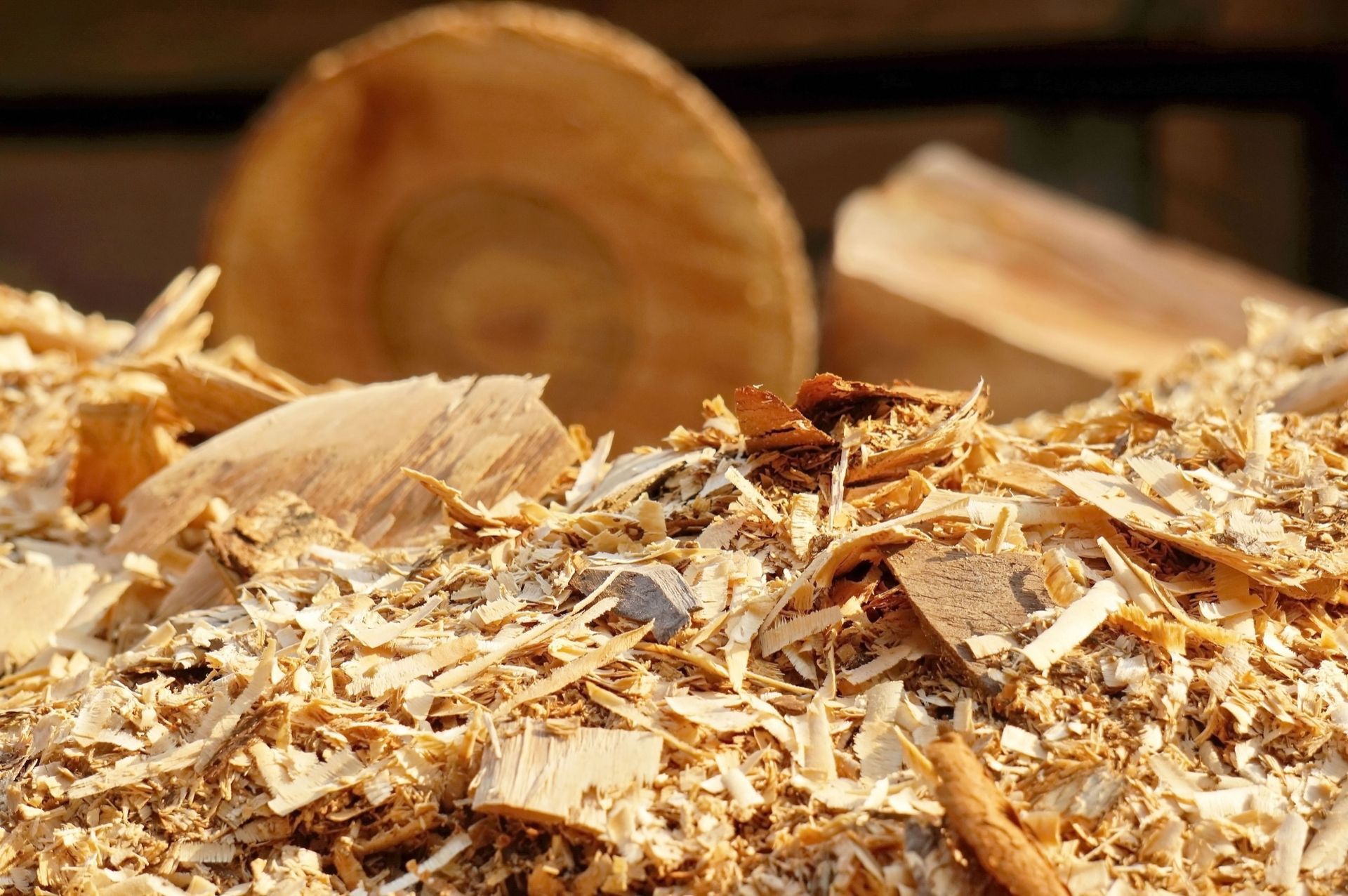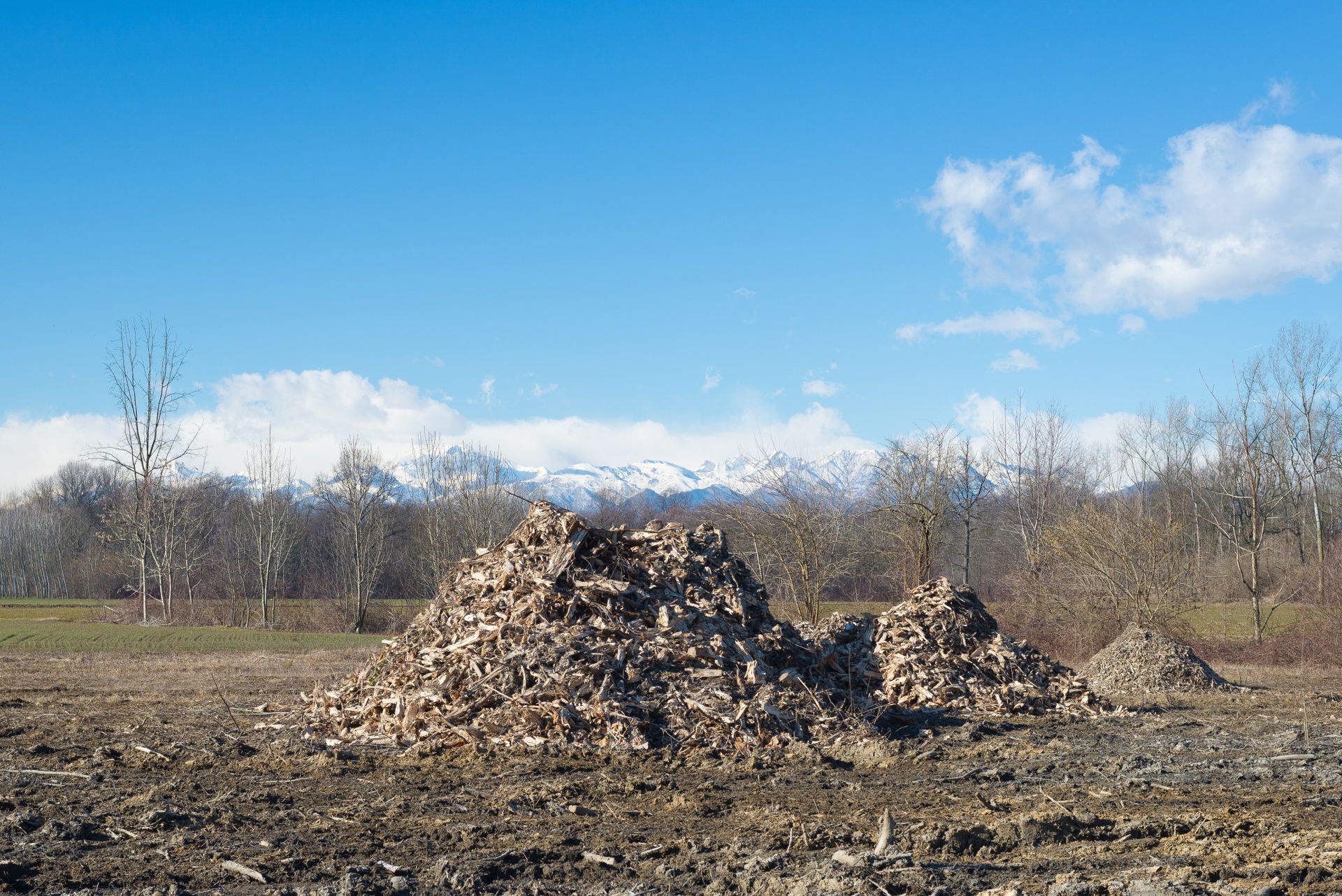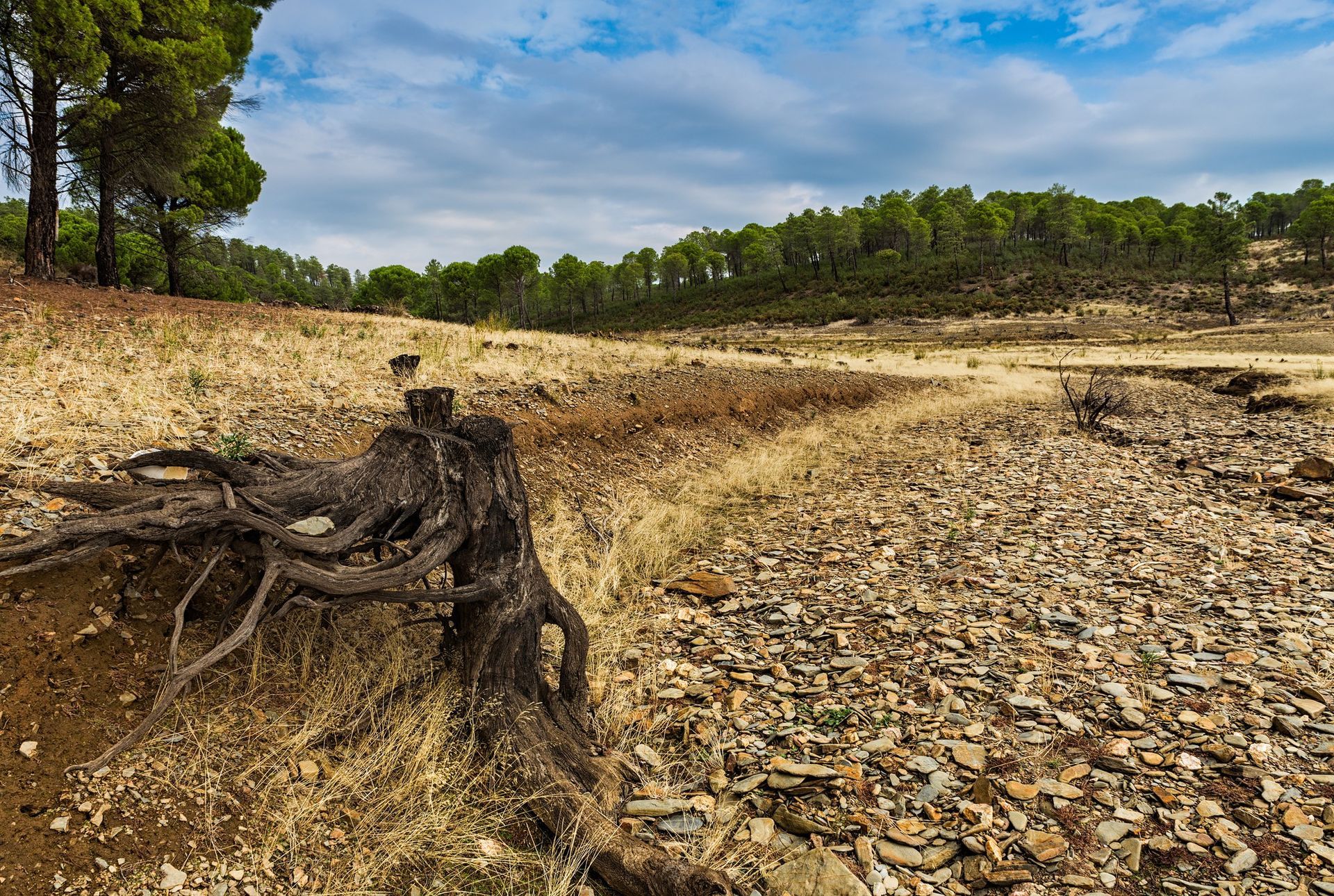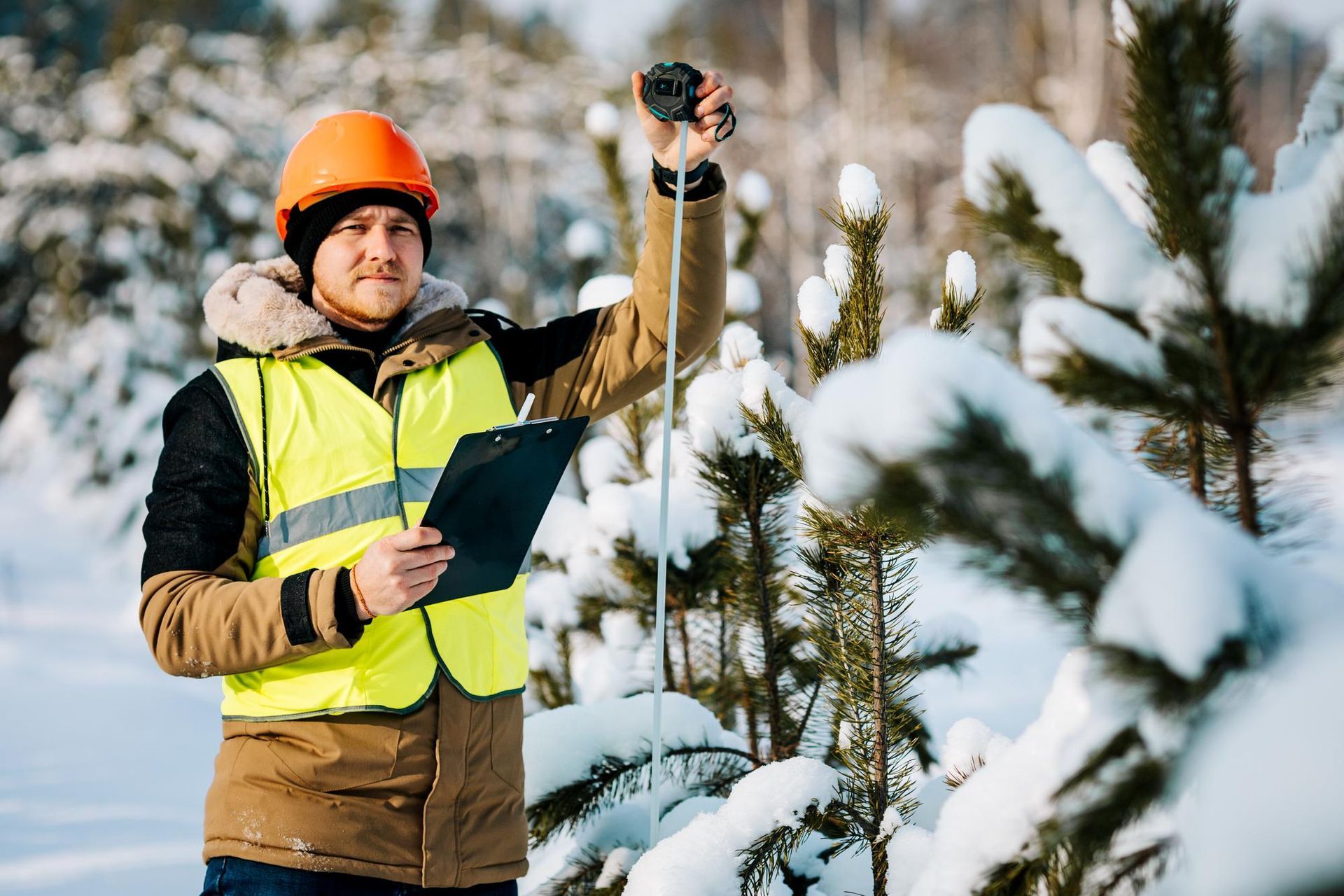Land and Lot Clearing: The First Step to Building Dreams
If you've ever imagined the home of your dreams, you probably focused on its design, its ambiance, and the memories you could make there. Rarely does one think of the rough, raw land that serves as the foundation of this dream. Yet, this is where it all begins: with land and lot clearing. This process is the first step towards transforming your imagination into tangible reality.
The Unsung Hero: Land and Lot Clearing
Land and lot clearing might not hold the glamor of architectural design or interior decoration, but it is, without a doubt, an unsung hero of the building process. It is about transforming a piece of land, sometimes wild and unruly, into a blank canvas ready for construction.
But what does land and lot clearing entail? To the uninitiated, it might seem like an uncomplicated procedure, a simple matter of pushing trees and undergrowth aside. However, the process is much more involved. It encompasses a wide array of tasks, such as
removing trees, brush, stumps, and stones. It also involves leveling the land and preparing the soil for construction.
The Role of Expertise
The complexity of land and lot clearing demands expertise. Experienced professionals know that each project is unique, with its own set of challenges. The nature of the land, local environmental regulations, the type of soil, and the intended construction project all play a crucial role in determining the approach to land clearing.
For instance, land with many large trees will need a different approach compared to a lot filled with smaller shrubbery. Rocky soil poses distinct challenges compared to sandy or loamy soil. A lot intended for a single-family home needs a different level of preparation compared to a lot being prepared for a commercial building.
Professionals also take into account environmental factors. They adhere to local regulations to mitigate harm to local flora and fauna. They devise strategies to prevent soil erosion and maintain water quality, ensuring that the project respects and preserves the ecosystem as much as possible.
The Impact on Your Dream Home
So how does land and lot clearing impact the future of your dream home or building project? The answer is - profoundly.
Proper land and lot clearing lays a solid foundation for your construction project. It helps avoid issues such as uneven foundations, poor water drainage, and potential damage from
unremoved stumps or rocks.
Furthermore, professional land and lot clearing can increase the value of your property. A well-cleared and leveled lot is more attractive to potential buyers if you decide to sell. It also gives architects and builders a clearer vision, enabling them to optimize the design and placement of the building.
On a deeper level, land and lot clearing connects your dream to the land itself. It's about shaping the land to welcome your vision, harmonizing your dream with the existing natural environment. In this sense, land and lot clearing is not just a practical necessity, but also a symbolic initiation of your building project.
Advanced Technology in Land and Lot Clearing
As with many industries today, technology has a significant impact on land and lot clearing processes. Tools and methods have evolved far beyond the traditional, manual means, resulting in a more precise and environmentally friendly operation.
Modern land and lot clearing professionals utilize technologies such as drone surveying and GPS tracking to accurately map and assess the land. This provides a bird's eye view of the property, allowing the identification of potential obstacles and planning for optimal machinery movement.
Moreover, the emergence of advanced machinery and equipment has been a game-changer in the industry. Machines such as hydro-axes and grinders expedite the clearing process, making it more
efficient and cost-effective. More importantly, they minimize soil disruption and the potential for erosion, a vital factor in maintaining the integrity of the land and protecting the surrounding environment.
Environmental Considerations and Land Clearing
In the age of environmental consciousness, land and lot clearing is not just about bulldozers pushing trees and rocks away. It's also about considering the environmental impact of the clearing process and taking necessary actions to minimize it.
Professionals in the industry are cognizant of their responsibilities towards the environment. They employ strategies to protect wildlife habitats and native plant species. In some cases, this involves careful timing to avoid disrupting breeding seasons or working closely with local environmental authorities to develop a clearing plan that preserves sensitive ecosystems.
Moreover, these professionals also engage in recycling organic waste generated from the land clearing process. By chopping down trees and vegetation into mulch, not only is waste kept out of the landfill, but it can also be used to enrich the soil and assist in future landscaping endeavors.
Land and Lot Clearing: A Gateway to Opportunities
An important aspect of land and lot clearing that is often overlooked is its potential to create opportunities. On the economic front, it can stimulate job growth. From operators handling heavy machinery to environmental consultants assessing the land, the clearing process requires various skilled professionals.
Moreover, clearing land creates room for infrastructural development and new construction. This can attract businesses, contribute to community growth, and enhance the local economy. Therefore, it's not an exaggeration to say that the ripple effect of land and lot clearing extends beyond the actual property, impacting the broader community.
The Dream of a Sustainable Future
As we tread further into the 21st century, it becomes increasingly clear that our actions today are shaping the world of tomorrow. In the context of land and lot clearing, we see an industry in transition - shifting from pure land development to a more responsible and sustainable approach.
This echoes our broader societal dream of achieving sustainability. By refining our methods and incorporating technology, we can clear land with minimal environmental impact, conserve natural resources, and even combat climate change.
To realize this dream, it is imperative for everyone involved - property owners, industry professionals, and regulators - to understand and respect the significance of responsible land and lot clearing. Through education, collaboration, and continued innovation, we can ensure that our actions today serve as a solid foundation for the sustainable world of tomorrow.
Looking Ahead
As we move into a future where sustainability becomes increasingly important, the role of land and lot clearing is evolving. Innovations are emerging that minimize the environmental impact and maximize efficiency. GPS and drone mapping, advanced machinery, and ecological strategies are all part of this exciting development.
Just as your dream home or building begins with land and lot clearing, so too does our collective dream of a sustainable future. As we learn to clear land responsibly and efficiently, we take one more step towards harmonizing our built environments with the natural world.
Conclusion
Land and lot clearing may not be glamorous, but it is essential. It is the first step in transforming dreams into reality. By preparing the land, we prepare for the future, whether it's a future home, commercial building, or a more sustainable world.
To ensure the best start to your project, it's important to enlist the services of a reliable, experienced team. In Columbia Falls, MT, Big Mountain Tree Service is a trusted leader in land and lot clearing. With their skilled team and commitment to quality service, they lay the groundwork for dreams to take shape.
In every sense, land and lot clearing is about making space for dreams. It's about clearing a path towards a new beginning, creating a space where visions can take root and grow. Partnering with Big Mountain Tree Service, which can be reached at
406-261-2042, ensures that the path is cleared professionally, effectively, and with attention to the unique needs of your project.
As the old saying goes, "Well begun is half done." And indeed, a well-cleared and prepared lot is the first step to a
successful construction project and, ultimately, the realization of your dream. Let Big Mountain Tree Service help you take that first, crucial step.
